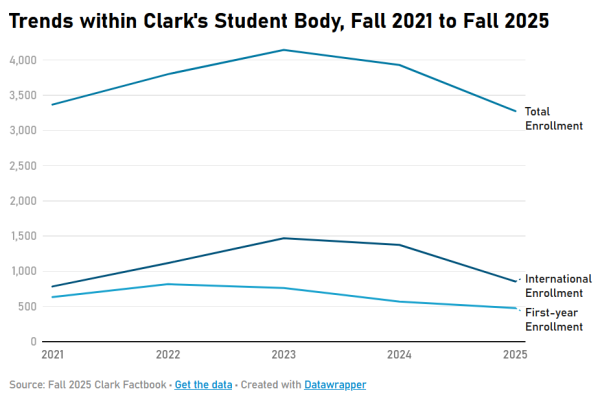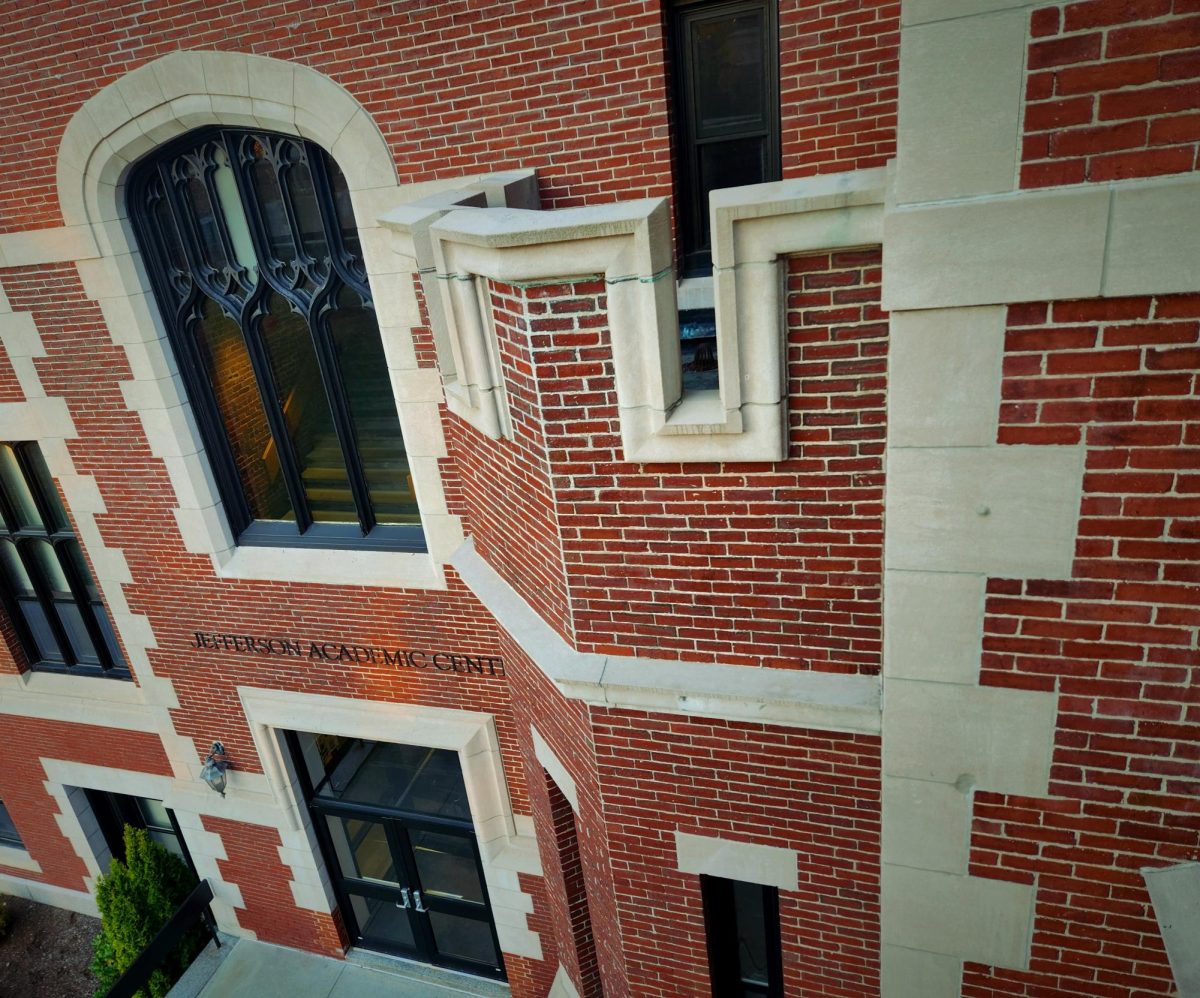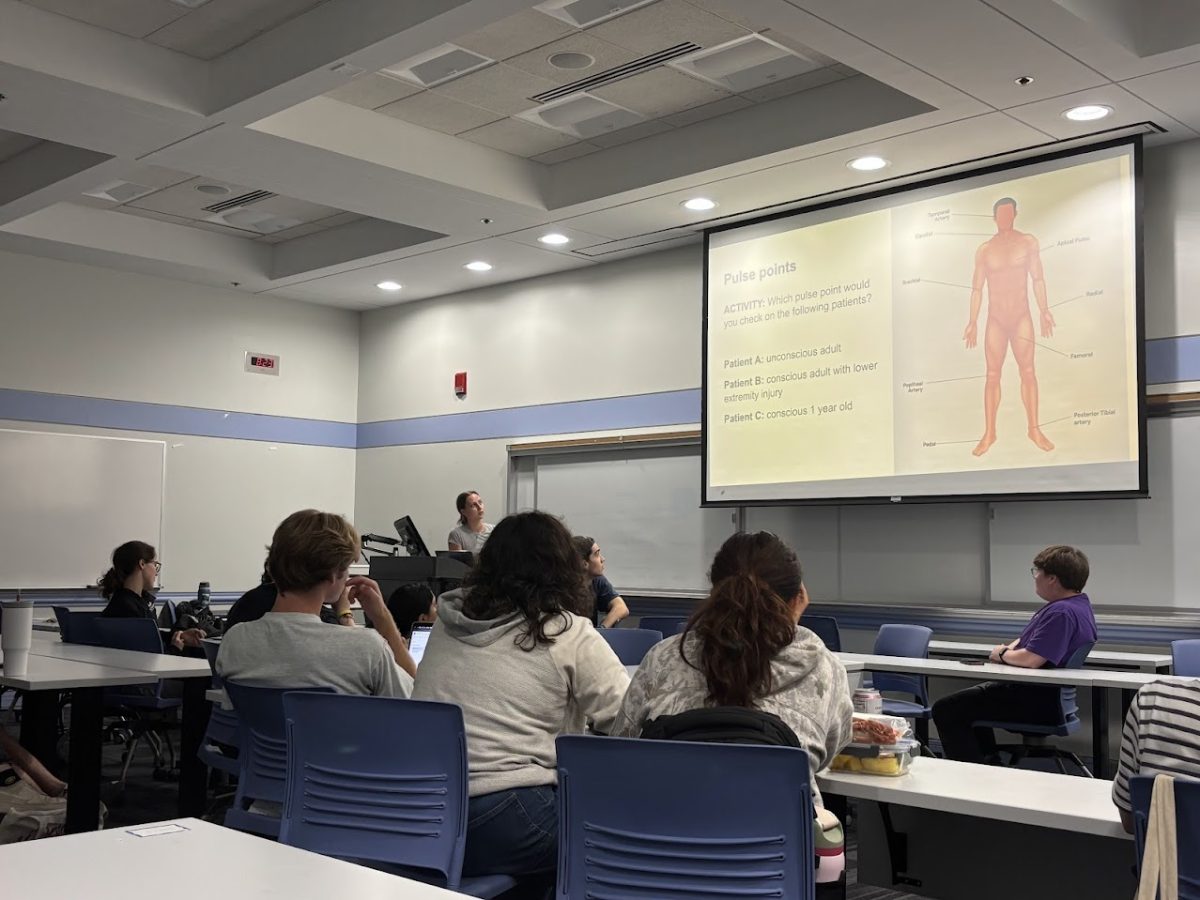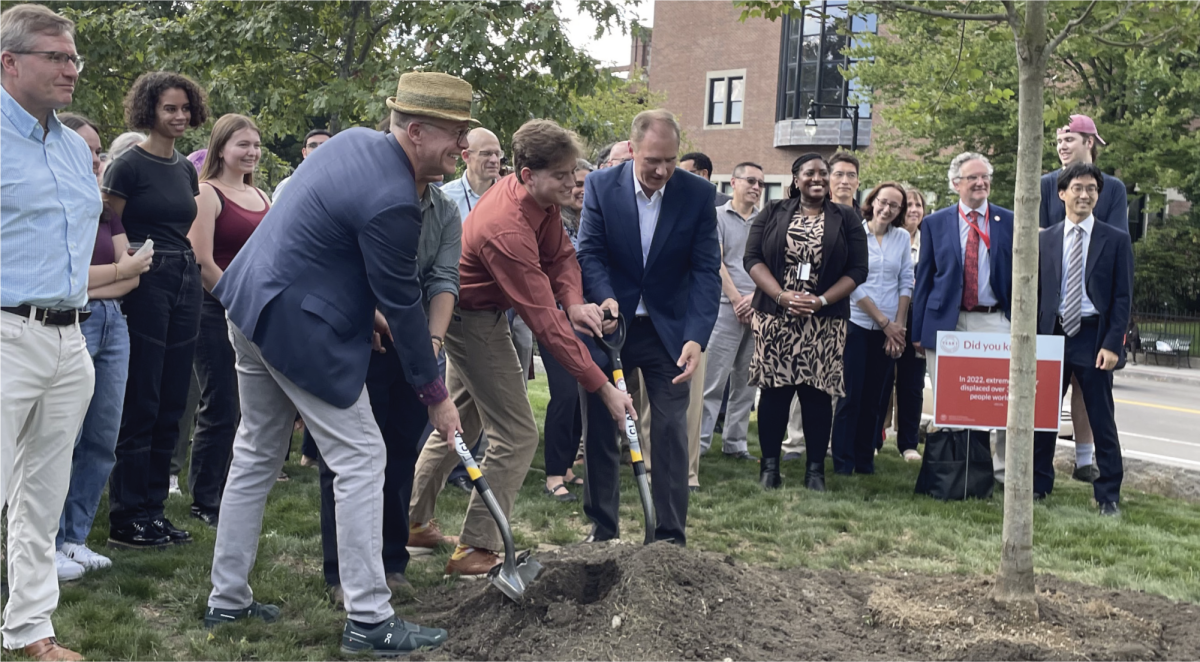In 2022, Clark University enrolled over 700 new freshmen, its biggest incoming class in the university’s 138-year history.
This year, however, only 476 first-year students stepped foot on campus, roughly 100 students lower than initially projected by Admissions, and the smallest first-year cohort in at least a decade.
Meanwhile, international student enrollment decreased 38% since last fall, from 1,375 students to just 854.
All of this puts Clark in a position where it must enroll fewer students each year. Indeed, the total student body has shrunk 21% from its Fall 2023 peak to this year, prompting academic reorganization, faculty layoffs and a host of budgetary problems.
So, what’s going on? How did the university end up in this situation?

The Demographic Cliff: Trends in Domestic and Undergraduate Students
In explaining the decreased enrollment, many Clark administrators warn of an upcoming “demographic cliff:” that is, a significant decrease in college-aged students nationwide in the coming years.
In 2024, Clark set off concerns by enrolling an exceptionally small incoming class of 568 first-year students. This year proved even worse, and it doesn’t seem like the university’s class sizes will grow anytime soon. The Admissions Office’s current Strategic Goal is to enroll at least 500 students in Fall 2026, according to a university spokesperson.
“It was not until last year that we started to see the impact of national demographic changes,” the spokesperson says.
Yet while class sizes have shrunk since 2022, applicant numbers and acceptance rates have held steady. The change, then, lies in Clark’s yield rate, or the percentage of admitted students who end up enrolling in the university. This fall, the yield rate was 9.4%, compared to 14.1% in Fall 2023.
Clark’s International Conundrum
This year, the Trump administration’s hostile immigration policies have posed an additional challenge to colleges nationwide. Since January, the State Department has taken many steps to deter foreign students from studying in the US, including temporarily pausing student visas, enhancing scrutiny when vetting international students, imposing travel bans on certain countries, randomly kidnapping international students from campuses, and more.
Consequently, colleges are expected to see a 30% to 40% decrease in international student enrollment this fall, according to an analysis in the Associated Press. Since most international students pay full tuition, this would put a sizable dent in colleges’ budgets as well.
This is no small matter for Clark, where over a third of students were international as of last fall. In a New York Times study, Clark was ranked the 9th most internationally dependent university as a function of the percentage of the student body, mostly due to its graduate student population.
In the end, Clark’s international student enrollment decreased by 38% over the last year, from 1,375 students last fall to 854 currently.
“Yes, current policies are affecting enrollment. But more importantly, they are discouraging international students from considering the United States for study,” the spokesperson says. “And that is a huge loss not only for Clark but for society overall.”
Among all of the university’s challenges, the spokesperson emphasizes the need to balance class sizes on top of Clark’s many other priorities. For example, Clark’s highly personalized nature through its Student-Faculty Ratio is especially important to prospective students.
Other goals include demographic and geographic diversity of the classes, increasing scholarship support and increasing net tuition revenue, among others.
On Monday, Sept. 29, the university accepted a gift of $1 million from an alumnus, directed to help Clark achieve some of these goals. According to President David Fithian, this will “ensure [Clark] continually enhances their ability to attract new classes of students to the University.”
As Clark looks to the future, it will try diligently to use this gift and other resources to increase class sizes and to maintain its institutional status for the foreseeable future.




